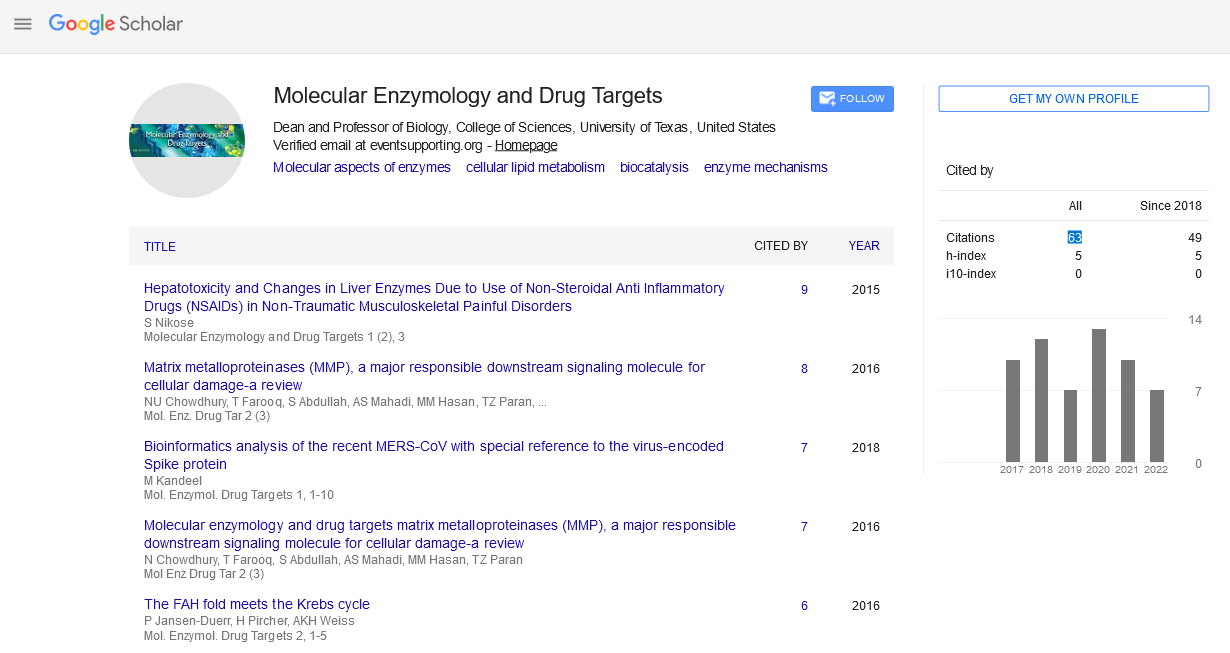Editorial
|
| Traditional and newer AEDs are mainly used to treat epilepsy, however, some of them can be used for the treatment of neurological (i.e. migraine, neuropathic pain, hyperkinetic movements disorders) and psychiatric disease (i.e. anxiety bipolar disease, schizophrenia) [1-5]. |
| Since fatigue may be a side effect of AEDs, the degree to which patients develop fatigue differs from drug to drug, with incidence for some AEDs up to 30% [6]. |
| Fatigue is classified as “peripheral” or “central” depending on which processes and systems are involved [7]. |
| A depression of the central nervous system (CNS) and/or changes in peripheral processes may be associated with the development of fatigue [7]. CNS depression might depend on several mechanisms, such as decrease of excitatory neurotransmission or increase of inhibitory neurotransmission and neurotoxicity. The main mechanism responsible of central fatigue could be related to the inhibition of synaptic transmission within the CNS by gamma-aminobutyric acid (GABA) neurotransmission potentiation. |
| In particular traditional AEDs act as: 1 blockers of voltage-dependent sodium and calcium channels: carbamazepine, oxcarbazepine, eslicarbazepine acetate, gabapentin, lamotrigine, phenobarbital, phenytoin, topiramate, and valproate; 2 enhancers of GABAmediated events: benzodiazepine, gabapentin, phenobarbital, tiagabine, topiramate, vigabatrin, valproate; 3] blockers of the T-type calcium channels: ethosuximide and zonisamide [6]. An additional category of AEDs, comprise drugs which directly reduce the excitation mediated by ionotropic glutamate NMDA (i.e felbamate) and AMPA/kainite (i.e perampanel, phenobarbital, topiramate) receptors. Levetiracetam binds to synaptic vesicle protein 2A and inhibits calcium release from intraneuronal stores, opposes the activity of negative modulators of GABAand glycine-gated currents and inhibits excessive synchronized activity between neurons and inhibiting N-type calcium channels [6]; retigabine acts as a positive allosteric modulator of CNQ2-5 (K(v) 7.2–7.5) ion channels [6]. However, the exact mechanisms of action of the newer AEDs are not still fully clarified. |
| Peripheral fatigue is a physiological phenomenon, involving skeletal or cardiac muscle and is defined as the decline in muscle tension capacity after repeated stimulations. It might depend on a combination of neurological, musculoskeletal, and metabolic aberrations, such as reductions in hepatic or muscular glycogen stores, reduced oxygen consumption during activity, hematologic toxicity, electrolytes disturbances and muscle fiber changes resulting from physical inactivity or aging [6]. Some authors suggested a psychological origin of fatigue; accordingly, these symptoms may originate from emotional phenomena [8]. Unfortunately, fatigue measurement lacks the specificity to distinguish between these potentially different mechanisms. |
| Several AEDs act increasing the inhibitory tone of the CNS by several mechanisms, in particular, increasing GABAergic neurotransmission may induced a central fatigue. AEDs may induce fatigue by peripheral mechanisms: i.e. metabolic acidosis, hepatic dysfunction, decrease of oxygen-carrying capacity, electrolytes disturbances. Also changes in both central neurotransmission and peripheral physiological processes may induce fatigue in epileptic patients treated with AEDs. |
| Fatigue induced by AEDs treatment is a chronic process that becomes a social disease in epileptic patients due to the incapacity that it causes in the person who suffers to continue fulfilling their work, social and family responsibilities. |
| Epileptic patients with fatigue require multidisciplinary management due to the multiple and different pathophysiological mechanisms affecting them. This management requires coordination between the different specialists, including tests to examine mental function and/or mood disorders, which leads to the need of an action protocol to establish the intervention procedure according to the needs of each patient. The lack of significant conclusive evidence regarding AEDs-induced fatigue in epileptic patients lead to the necessity of prospective clinical trials with a multidisciplinary approach. A better understanding of the causes of fatigue during treatment with AEDs could be provided by future increase in the knowledge of mechanisms involved in the genesis of fatigue itself. |





